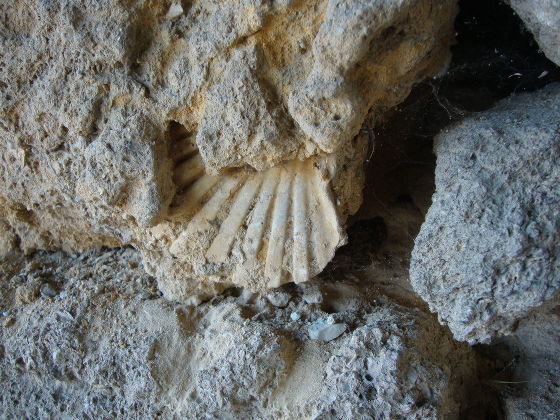You can find a way to make a fossil in just one day

by Frédéric Glorieux
It will become a fossil as the dead body of the organism remains as it is for a long time. Fossils can continue to exist for many years if the preservation state is good, and in March 2017 fossils that were the oldest earth, 4.2 billion years ago, were discovered and became a hot topic. Researchers have discovered how to create fossils that will be an important clue to trace the trajectory of such ancient life in just one day.
Sediment-encased maturation: a novel method for simulating diagenesis in organic fossil preservation - Saitta - - Palaeontology - Wiley Online Library
https://onlinelibrary.wiley.com/doi/abs/10.1111/pala.12386
July: creating synthetic fossils | News | University of Bristol
http://www.bristol.ac.uk/news/2018/july/creating-synthetic-fossils.html
Researchers Have Discovered How to Make Proper Fossils - In a Day
https://www.sciencealert.com/fake-fossil-method-baked-in-a-day-artificial-maturation-sediment
The most problematic when creating fossils is "time", and until now it has been thought that a long period of "thousands to hundreds of years" is necessary to make fossils. However, one research team is developing a wonderful way to shorten the time to make an incredibly long fossil to "only one day".
In conventional fossil research, a method called "artificial maturation" that applies heat and pressure to objects is adopted as an experimental approach to artificially create fossils. "Artificial maturity" imitates a chemical decomposition reaction that changes into fossils by exposing organic matter deeply buried underground over millions of years to the pressure from sediments and geothermal heat I did it. Research on the process of making this fossil is widely known to organic geochemists trying to make artificial fossil fuels and was thought to be a much more difficult experiment than the production of synthetic diamonds that take similar approach It was. In fact, Evan Saita, a paleontologist at the Field Museum of Natural History, tried to make its feathers fossil by artificial maturity, it seems that it became mud with a smell, not a stone .
Dr. Jacob Vinder, who is a paleontologist at Bristol University and an advisor to Mr. Saita, said about the failure of artificial maturation, "Fossils consist of molecular composition of various tissues, not because they are quickly decayed. I was able to feel that it was being done. "

by Irene Grassi
A research team who thought that what was missing in Mr. Saita's 'sediment' existed in the ground where fossils are naturally built, since sediments are porous, they decayed from the hole It seems that I thought that liquid would flow out and that only good quality dry fossils would remain.
Therefore, Dr. Winder cooperates with Mr. Tom Kay of Foundation For Scientific Advancement and creates a new way to create carbonaceous fossils from plant and animal specimens. Dr. Winder collects samples from lizards, Toba, leaves, resin and uses a hydraulic press to compress them into small sediments about 19 mm in diameter. Next, put this deposit in a metal pipe, seal it, apply a pressure of about 3500 psi , and heat it at about 210 degrees Celsius as it is. It is said that the same equipment used for artificial maturation was used in the process of heating while applying this pressure.
Mr. Saita said, "We were very excited about seeing the object that was made" And "(the finished one) looks like an actual fossil, skin and scales are black film shaped , The bones have turned brown. "
The following pictures are pictures of fossils and real fossils produced by Mr. Saita and Dr. Winder and others' research team in just one day. Four synthetic fossils by Dr. Winder and others are B, C, H, and I. K is a fossil of the Eocene 's lizard and it seems that it can not be called a real fossil except for K and L. However, as in the case of examining actual fossils, when using an electron microscope for precise examination, even synthetic fossils could discover organelles that synthesize and store melanin pigment in animal cells in animals It is said that. In addition, the actual fossils do not contain protein or adipose tissue, but it seems that even synthetic fossils could not detect these substances.

The key to the experiment seems to be the addition of pressure and heat, together with clay when making synthetic fossils. Instead of making the entire fossils muddy this earth is thought to have allowed unstable biomolecules to leak out and helped sediments become fossils rather than corrupted soils.
Mr. Saita talked about the significance of the experiment, "We do not need the experiment to be done over a long period of 70 million years by simulating the process of fossilization," and how is it We can learn if all kinds of biomolecules can tolerate fossilization pressure and heat, and it becomes clearer than "What to look for" when looking at actual fossils. "
Related Posts:
in Science, Posted by logu_ii







